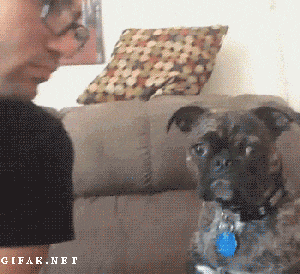Finding a place is tough. Finding a place when you have pets that you’re not willing to part with is even tougher. If you want to ensure that you and your furry friend have a place to hang your respective hats, keep these points in mind:
- Look Off the Beaten Path
You can apply to every apartment complex in town, pay their hefty application fees, and wind up without a place to stay after all. If you use services like Craigslist to find people subleasing or renting out small apartments, on the other hand, then you may be surprised at how flexible people can be.
- Talk to Friends
Friends with pets? Ask them to keep you in mind in case anyone moves out of their neighborhood any time soon. A recommendation from a current tenant can go a long way with a landlord, and you can get your name in there before someone else can swoop in and take the place.
- Get Rural
Do you really need to live in the city? Living just outside of town, renting a small home in the country not only helps to ensure greater chances of finding a place that allows pets, you’re also going to be saving money, as rural property tend to be less expensive, and taking a load off, as rural life tends to be less stressful. This isn’t an option for everyone, but if you telecommute, or if you drive a long distance to work regardless, country living can be a great way to facilitate the animal lover in you.
An animal is a responsibility, but it’s a responsibility that few of us would ever want to neglect. If you’re patient, then it shouldn’t be difficult to land a great pet-friendly place.







